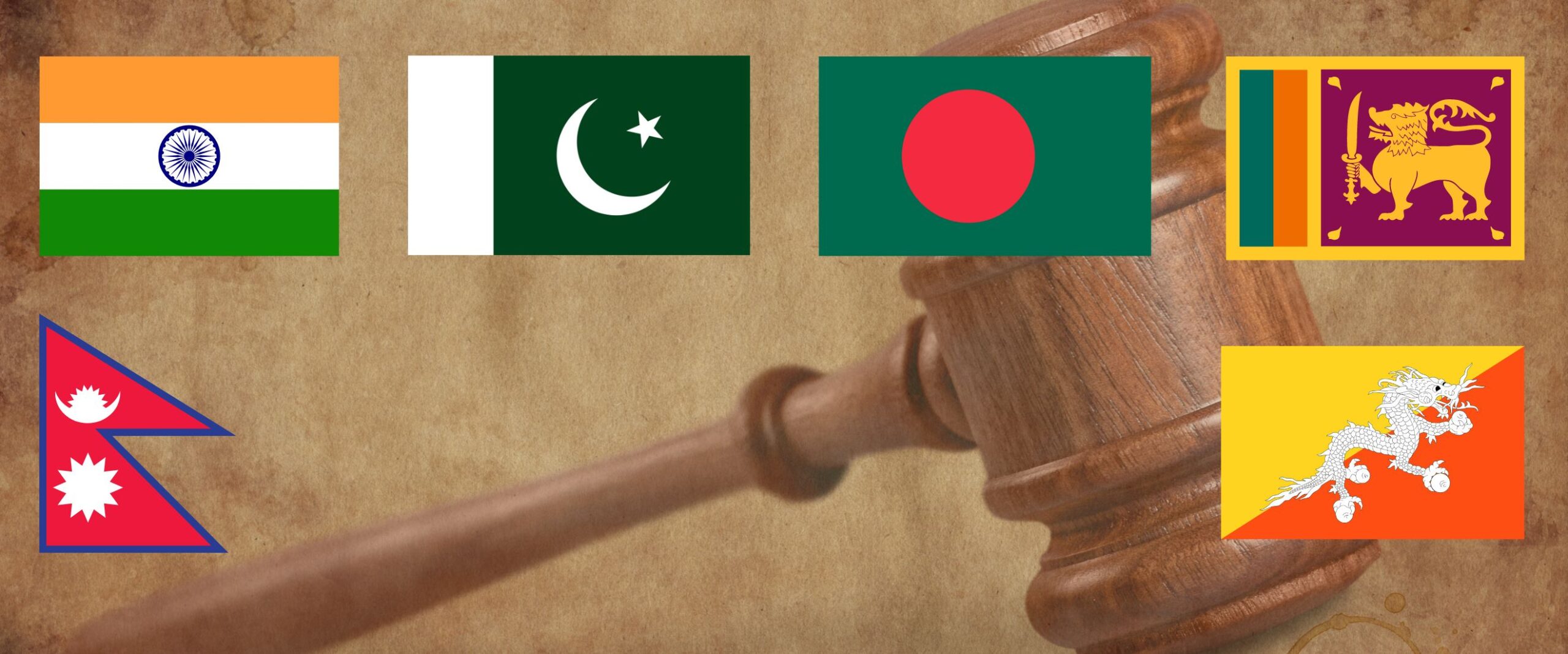Analysis
The Supreme Courts of South Asia: A comparative look
A ready-reckoner about some of the key features of the top courts of India, Pakistan, Bangladesh, Sri Lanka, Nepal and Bhutan

The working of the highest courts in South Asian countries is deeply influenced by the complex history of the subcontinent and the tumultuous evolution of its political landscape. In the matrix below, we’ve collected information on the key characteristics of the Supreme Courts of India, Pakistan, Bangladesh, Sri Lanka, Nepal and Bhutan.
There are several similarities and differences among the various courts, considering the shared colonial past of the region and their diverging social, economic and political paths as independent nations. One of the key areas of tension across courts is appointment procedure, which necessarily requires confronting questions about the separation of powers. In an interview with Supreme Court Observer, Justice Sapana Malla of the Supreme Court of Nepal suggested that the Indian collegium system (comprising only judicial members), despite its flaws, was a better alternative for “independence of judiciary.”